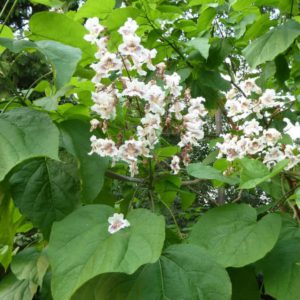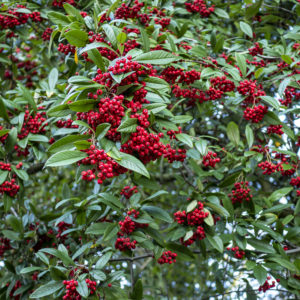Sedum Herbstfreude (Autumn Joy)
€8.50
Frequently Bought Together




Description
Quick Facts
Common Name: Autumn Joy Stonecrop, Ice Plant
Botanical Name: Hylotelephium spectabile ‘Autumn Joy’
Plant Type: Herbaceous perennial
Mature Height: 45-60cm
Mature Spread: 45-60cm
Flowering Period: August-October
Flower Colour: Pink deepening to rust-red
Foliage: Succulent, blue-green
Hardiness: RHS H7 (very hardy, -15 to -20°C)
Soil Requirements: Well-drained, tolerates poor soils
Aspect: Full sun to partial shade
Maintenance: Very low
Description
A true treasure of the autumn garden, Sedum ‘Autumn Joy’ brings spectacular late-season colour when most other perennials are fading into winter’s embrace. This beloved stonecrop transforms your Irish garden into a haven for butterflies and bees, offering a magnificent finale to the growing season with its ever-changing tapestry of colour.
The sturdy, upright stems emerge in spring clothed in thick, succulent leaves of soft blue-green, creating attractive architectural mounds that provide structure throughout the growing season. As summer progresses, flat-topped flower clusters appear like tiny umbrellas, beginning as pale green buds that gradually blush to soft pink before deepening to rich rust-red as autumn arrives.
This remarkable plant embodies resilience and beauty, thriving in Ireland’s unpredictable weather whilst requiring virtually no maintenance. Its drought tolerance makes it perfect for modern, low-maintenance gardens, whilst its late flowering period provides crucial nectar for pollinators preparing for winter. The spent flower heads create stunning winter silhouettes, especially when touched by frost.
Ideal for cottage gardens, prairie-style plantings, or contemporary borders, ‘Autumn Joy’ pairs beautifully with ornamental grasses, asters, and other late-flowering perennials. Its robust nature makes it perfect for coastal Irish gardens, where it withstands salt winds whilst providing months of evolving beauty.
Caragh Garden Notebook
Plant in any well-drained soil – excellent drainage is more important than soil fertility. Thrives in poor, sandy, or gravelly soils and tolerates drought once established. Space plants 45cm apart for good air circulation.
Performs best in full sun but tolerates partial shade, though flowering may be reduced. Very tolerant of pH variations from slightly acidic to alkaline conditions (pH 6.0-8.0).
Minimal care required once established. Avoid overwatering or rich, fertile soils which can cause soft growth and flopping. Cut back to ground level in late winter or early spring before new growth appears.
Divide clumps every 3-4 years in spring to maintain vigour. Take stem cuttings in early summer, allowing cut ends to dry for 24 hours before rooting in gritty compost. Self-seeds readily in suitable conditions.
Excellent for attracting butterflies, bees, and other beneficial insects. Leave seed heads standing through winter to provide food for birds and structural interest in the garden.
Additional information
| Pot Size |
|---|





